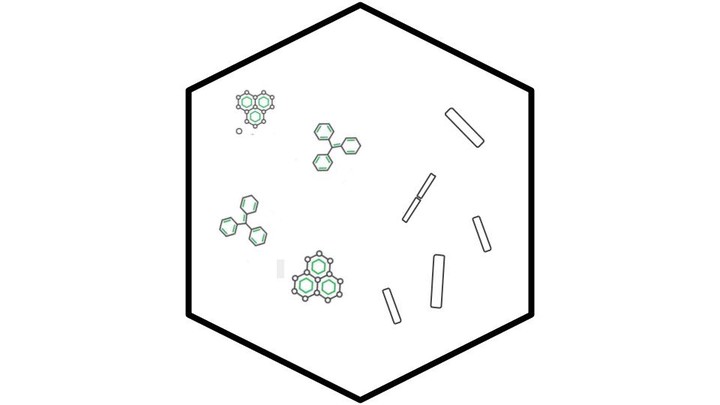Characterization of cell factors involved in the bioremediation of organic compounds in Shewanella isolates.

The increasing pollution in the world is a serious problem with severe long-term consequences. The main sources of human-caused water pollution include mining, industry, livestock, and agriculture. In particular, the treatment and disposal of industrial waste requires complex processing that raises the costs of the final products. Due to this, there is a general interest for the development of bioremediation processes, which take advantage of the capacities of various microorganisms for the recovery of ecological niches. Shewanella spp. is a gram-negative bacterium of the gammaproteobacteria with a great potential for its application in bioremediation, as well as for energy generation. Shewanella is commonly found in aquatic environments and preferably marine sediments. To be competitive in this environment and respond to the low availability of resources, Shewanella has a complex regulation system and robust sensors, which can be applied both in the degradation of compounds and energy production processes. However, the stress generated by various external factors promotes new arrangements in the bacterial genome, mediated by the great variety of mobile elements they possess. The relationship between the versatility of this microorganism to adapt and survive against adverse environments and its ability to acquire and maintain mobile elements has not yet been studied. The objective of this project is to characterize the pangenome of Shewanella spp. From isolates collected from marine sediments from Antarctica, characterize the processes and cellular factors involved in the degradation of organic compounds and determine the role that mobile elements play in the evolution and adaptation of this bacterium to environmental changes.
Beca Movilidad y Cooperación-2015, Code: MOV_CO_2015_1_110194.
Funding Source: ANII, Uruguay - CONICET, Argentina.
Project leaders: Cecilia Quiroga & Andrés Iriarte